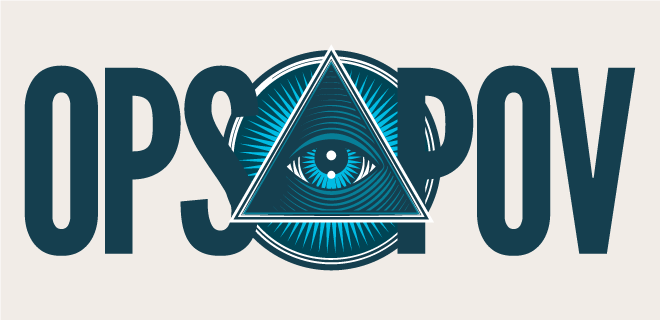
Global enterprises are losing millions to data fragmentation and inconsistent taxonomies. Still, a new era of unified taxonomies and automation offers a practical path to better decision-making, streamlined workflows, and seamless customer experiences. Discover how standardizing data and automating integration can drive compliance, unlock actionable insights, and set a new benchmark for agile, data-driven business success.
Today’s global organizations are facing a critical challenge: fragmented data and inconsistent taxonomies. This fragmentation hinders unified customer experiences, muddles analytics and disrupts content supply chains, ultimately costing businesses an average of $12.9 million annually, according to Gartner.
However, by implementing unified taxonomies and automation, organizations can unlock transformative decision-making and achieve consistent measurement across campaigns and content.
Transformation Pillars: Taxonomy, Automation, Integration
Inconsistent taxonomy leads to discrepancies that hinder cohesive global reporting and create friction among teams. Building a flexible yet consistent taxonomy across the company involves standardizing data formats, definitions and classifications across all regions. This unification unlocks key trends and user insights. Strategic automation, such as data ingestion and classification, further streamlines workflows and reduces manual effort.
By automating data flow through bi-directional integrations, businesses can increase taxonomy compliance from as low as 2% to nearly 100%, while minimizing manual intervention and increasing data accuracy.
Transforming Customer Experience
A unified data strategy enables personalized customer experiences by tailoring content and offers to individual preferences.
Revitalizing past data through uniform standards can uncover previously unmeasurable insights, highlighting unknown drivers of past campaigns and setting a new standard for future implementations. Global taxonomy with regional customization establishes a framework for complex data analysis and collaboration.
Global organizations in highly regulated industries can implement a unified data strategy to track user interactions across all digital touchpoints. This enables them to deliver a seamless, omnichannel experience, ensuring users receive consistent and relevant information across devices and platforms.
By standardizing data, these organizations can improve accuracy, achieve cost savings through platform consolidation, and correlate quantitative metrics with qualitative insights—providing a holistic view of the user journey and enabling more effective personalized communication.
Implementing Data Transformation and Measuring success
Data transformation requires a phased approach, starting with a comprehensive assessment of existing systems and processes. Organizations must then develop a clear roadmap for implementation, prioritizing areas for improvement and allocating resources effectively.
Establishing a robust measurement framework is crucial for tracking progress and demonstrating ROI. By monitoring key metrics, businesses can identify areas for optimization and ensure that data initiatives align with strategic objectives.
Data consistency is key to cost avoidance. Consistent metadata supports an organization’s ability to have near real-time campaign insights and make changes based on these insights. This cohesive approach provides a single source of truth that streamlined workflows and enhanced collaboration across agency and brand partners, setting a new standard in marketing for brand and agency relationships.
Ultimately, embracing unified taxonomies and automation provides a competitive advantage in a data-driven future. Business leaders must recognize the importance of these strategies to unlock operational efficiencies, cost savings, compliance benefits and strategic advantages, ensuring their organizations thrive.